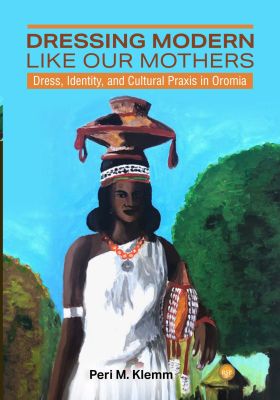Oromo women live as traders, wood carriers, shepherds, and farmers in and around the ancient trade centre of Harar, Ethiopia. They have lived with the uncertainties of drought, famine, war, and political unrest for several generations and experienced poverty, disease, and severe restrictions in personal freedom. These same women, both young and old, adorn themselves with an array of body modifications and supplements. What is it about the objects and practices themselves that appear to hold such significance? This rich ethnography illustrates why Oromo women decorate their bodies in particular ways and why they invest so much timeand effort in doing so. By tracing the development of dress within the Oromo social system from the mid-nineteenth century to today, and through a close examination of dress activated on the body in particular contexts like lifecycle rituals, spirit possession practice, and nationalist movements, the reader will uncover how truly valuable a woman's decorated body is as an aesthetic and symbolic system.

